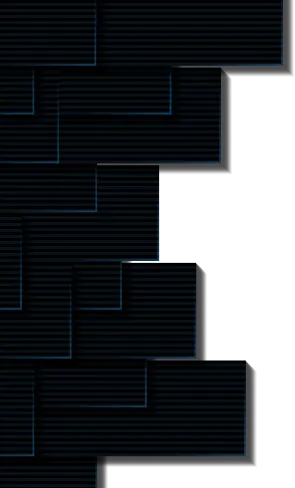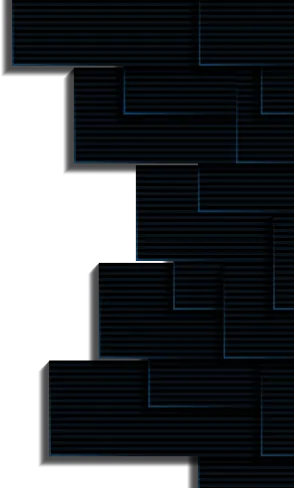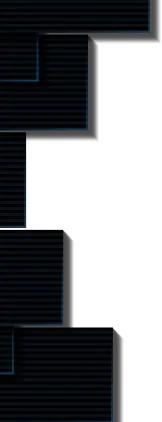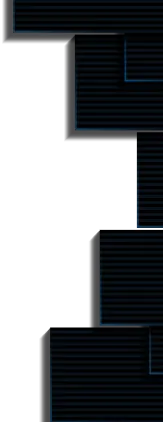Lens Protocol: An open social graph to which any app can plug in
Author: Chahat

Each Web2 network reads data from its centralized database. No portability exists. Each user's friends, material, and profile are locked to a specific network and belong to the operator. This forces them to compete against each other in a zero-sum battle for users’ attention.
Lens Protocol corrects this by being an open, user-owned social graph that any application can connect to. Users can bring their data to any application built on the Lens Protocol since they own it. Creators no longer have to be concerned about losing their audience, livelihood, or work due to the whims of a particular platform's algorithms and policies because they are the real proprietors of their content.
What is Lens Protocol?
The Lens Protocol is a Web3 social network on the Polygon Proof-of-Stake blockchain. It is intended to allow producers to control the connections between themselves and their audience, creating a fully customizable, user-owned social network. The protocol is designed from the ground up with flexibility in mind, enabling the addition of enhanced features and fixes while preserving user-owned content and social connections.
By enabling producers to control the connections between themselves and their community, Lens Protocol aims to create a completely composable, decentralized social graph. Users can engage with one another through their profiles, which is how this is accomplished. In this context, "profile" refers to Lens profiles, while "user" refers to conventional crypto wallets.
Modularity has been a design principle throughout the protocol's development. The multisig that oversees the Lens Protocol will be replaced by a larger DAO that can create and approve new modules and functional enhancements.
Tokenization
Using ERC721 NFTs, the Lens protocol features three layers of tokenization. All three are fully composable and ERC721 compliant.
The main point of entry for most Lens Protocol interactions is the Lens-Hub upgradeable contract. Almost all interactions start with this, which also serves as the ERC721 NFT contract for the Profile NFTs created when a profile is created.
A Follow-NFT contract, specific to the Profile, an ERC721 NFT contract that reflects follower positions, is launched after a profile receives its first follow.
The Collect-NFT contract, a special ERC721 NFT contract representing collected publications, is deployed after a publication's initial collection.
Remember that only the initial follow or collect triggers the deployment of follow and collect NFTs, respectively. Gas costs for creating profiles are decreased as a result.
Modularity
At its core, the Lens protocol is modular. Everything was constructed to grow the community and continue to create cutting-edge features.
Modules are independent contracts that follow a particular interface and are whitelisted by governance. Beyond complying with the interface, their potential scope is limitless, and they hold state.
Three different types of modules exist:
- Follow modules: These modules, linked to a profile, include logic that will be carried out whenever a user tries to follow the specified profile.
- Collect modules: These modules, linked to particular publications, include logic that will be carried out when a user tries to collect a specific publication.
- Reference modules: These modules provide logic that will be carried out if a user tries to comment on or mirror a certain publication. They are linked to particular publications.
Profile
The focal point of the Lens Protocol is the Profile NFT. You have control over your material because you own this NFT. Specific addresses own Profile NFTs, and each address may have several Profile NFTs. The Lens Profile NFT's capacity to post publications sets it apart from other on-chain identities. The Profile NFT archives all of your past posts, comments, mirrors, and other creations
Profile NFTs also include a Follow-Module. The mechanism that enables various accounts to be given Follow NFTs to record their connections to the principal Profile on-chain is contained in this module.
Publication
The Lens Protocol is based on publications, and they are all original works created by authors, curators, and users, as well as comments and mirrors. The three main categories of publications are posts, comments, and mirrors. The base object is a post, and the secondary objects are a mirror and a comment.
Publications are directly posted to a user's Profile-NFTs, guaranteeing that all user-generated content stays in the user's wallet and is their own.
Publications have a Content-URI that points to the exact material they include. This content may be text, a picture, a video, or any other file saved in a central storage facility or a decentralized protocol.
A Collect Module and a Reference Module are additional modules attached to publications. The logic that enables other users to mint your publication into an NFT is contained in the Collect Module. This NFT uses the URI of the primary publication. The Reference Module manages references to the actual publication and includes the reasoning behind who is permitted to comment on and mirror the posting.
Comment
Users can submit their criticism in the comments section. With additional inspections and features, they receive the same treatment as base publications. The user owns comments because they are stored in their Profile NFT, just like publications.
Comments are subject to the Reference Module terms of the original publication because they relate to other publications. The transaction to comment will fail if a publication contains a reference module that restricts comments to accounts that follow the original poster. The commenter does not have a Follow NFT.
The Collect and Reference Modules are present in comments just like they are in regular publications. The Reference module's logic determines who may mirror a new comment.
Mirror
The Lens Protocol's curation tool is the mirror. They are the equivalent of reposting or re-amplifying content in the protocol. Mirrors receive the same treatment as published but with a few extra checks and minor features.
Mirrors are governed by the terms of the Reference Module of the original publication since they contain references to other works. The transaction to mirror will fail if a publication includes a reference module that restricts mirrors to only accounts that follow the original poster and the mirrored account does not have a Follow NFT.
Mirrors can define which accounts can reflect or comment on the mirror in their reference module.
Collect
Creators can monetize their material using ‘Collects’. Creators can allow their followers to buy their material since they control it through the Lens Protocol.
Users can set a Collect Module when they publish something to their Profile NFT. Other users can create NFTs using this module that points to the publication's content URI. Any arbitrary logic may be included in this module to be used with the minting operation and the generated NFT.
A creator can attach a collect module to limit the number of collects or the duration for which collecting is open. Additionally, developers can create collect modules to offer extra features!
Follow
Following someone on the Lens Protocol differs from following someone in a Web2 social app. Users receive a Follow NFT, which artists and communities can encode with additional value when they follow a profile on the Lens Protocol.
Each Profile has an associated Follow Module that NFTs can utilize to assess whether to issue a Follow NFT to a user attempting to follow the Profile. Each freshly issued Follow NFT for a given profile has an ID that increases by 1, starting at 1 for the first follower, 10 for the tenth, and so on.
Additionally, Follow NFTs have governance features already built in, including vote delegation, to support the development of Social DAOs with Lens Protocol. Voting tactics can be developed by Creators, DAOs, or other groups employing Follow NFTs and their many features.
Built-in Governance
Follow NFTs have built-in governance features, allowing any profile to launch a DAO quickly!
Followers receive a Follow-NFT, which is the core of the Lens Protocol social network, when they follow a profile. From a technical standpoint, these NFTs include governance-specific logic that enables:
- Power transfer
- Delegation of authority via meta-transaction
- Obtaining strength at a particular block number
- Obtaining the entire drained supply at a certain block number
Remember that delegation is passive by default; thus, followers who want to participate in governance must delegate to themselves or another reliable user.
DAO It!
Deploying a contract that interacts with the Follow NFT's built-in functionality is all it takes to launch a DAO. It should enable the generation of proposals and interface with the Follow NFTs of the specified profiles to get a sense of governance authority at the relevant voting blocks..
A governance contract would have to include the following:
- Proposal development
- Voting with FollowNFTs at the previously provided snapshot
- Queuing proposals and executing them
But the possibilities are endless, and this is just a basic list of criteria!
Final Words
The Lens Protocol is a composable social graph protocol designed to be community-owned and dynamic. It empowers users by giving individuals the freedom to choose how their social network will be created and, if at all, how it will be monetized.
In addition, the protocol is designed with modularity at its core, enabling an exponentially growing number of use cases. This results in a new paradigm of ownership and customization that isn't achievable in Web2 from the user's point of view.





Subscribe to receive Alpha!
Join 4.3k subscribers from renowned companies worldwide and get a weekly update in your inbox. Stay updated on the latest and finest projects and product updates.

